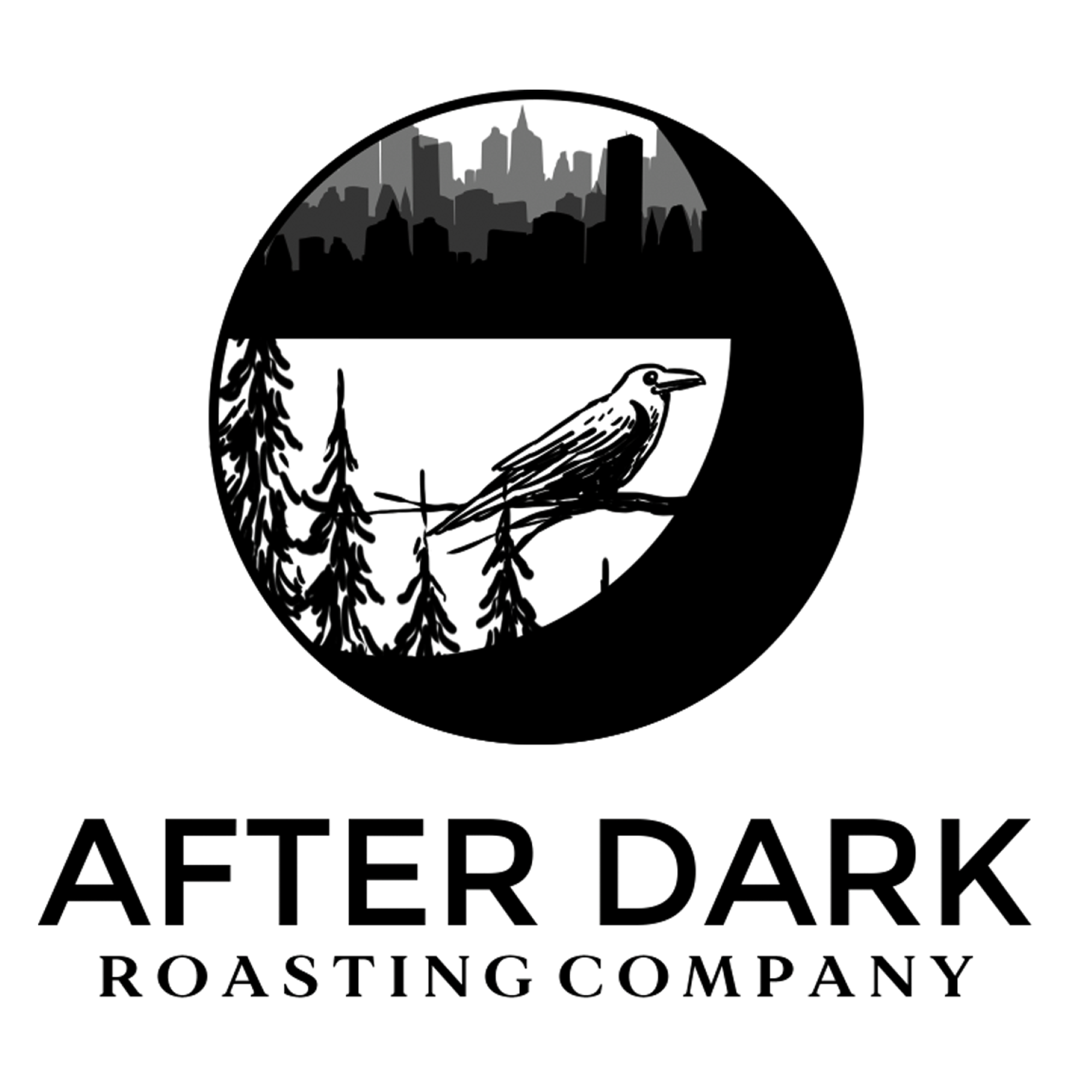At After Dark Roasting Company, we believe great coffee doesn’t end with the roast—it begins with the brew. Whether you’re chasing clarity, body, or convenience, the way you brew your coffee shapes the entire experience. So let’s break down the most popular brewing methods in the U.S., and explore the pros and cons of each. Because when you understand the method, you unlock the magic.
🔁 The Classics & The Contenders
Here’s your guided tour through the brew-scape:
🫖 French Press Bold, full-bodied, and a little rustic.
-
Pros:
-
Rich mouthfeel thanks to full immersion and no paper filter.
-
Easy to use—no fancy gear required.
-
Great for highlighting darker roasts and chocolatey profiles.
-
-
Cons:
-
Can leave sediment in the cup.
-
Less clarity—nuanced flavors may get muddled.
-
Requires precise timing and grind size to avoid bitterness.
-
🌀 Pour-Over (e.g., Hario V60, Chemex) Clean, bright, and beautifully expressive.
-
Pros:
-
High clarity—perfect for single origin beans.
-
Control over variables like water flow and temperature.
-
Elegant ritual that feels meditative.
-
-
Cons:
-
Steeper learning curve.
-
Time-consuming compared to other methods.
-
Requires specific gear and filters.
-
☕ Drip Coffee Maker Reliable, convenient, and everywhere.
-
Pros:
-
Set it and forget it—ideal for busy mornings.
-
Consistent results with minimal effort.
-
Can brew large batches.
-
-
Cons:
-
Limited control over brew variables.
-
Often under-extracts or over-extracts depending on machine quality.
-
Can flatten complex flavor profiles.
-
💨 AeroPress Versatile, portable, and surprisingly powerful.
-
Pros:
-
Fast brew time—under 2 minutes.
-
Can mimic espresso or drip depending on technique.
-
Easy cleanup and travel-friendly.
-
-
Cons:
-
Small batch size.
-
Requires experimentation to master.
-
Plastic body may not appeal to purists.
-
🔥 Espresso Machine Intense, concentrated, and the heart of café culture.
-
Pros:
-
Delivers rich, complex shots with crema.
-
Foundation for drinks like lattes and cappuccinos.
-
Highlights roast depth and bean quality.
-
-
Cons:
-
Expensive and bulky.
-
Steep learning curve.
-
Requires regular maintenance.
-
🌊 Cold Brew Smooth, mellow, and made for summer (or midnight).
-
Pros:
-
Low acidity—easy on the stomach.
-
Naturally sweet and smooth.
-
Can be brewed in large batches and stored.
-
-
Cons:
-
Long brew time (12–24 hours).
-
Less aromatic than hot brews.
-
May mute brighter, fruit-forward notes.
-
💡 Final Sip from After Dark
No brew method is “best”—it’s all about what you want from your cup. At After Dark Roasting, we roast with versatility in mind, so whether you’re plunging, pouring, or pressing, our beans are ready to shine. Want help choosing the right roast for your favorite method? Just ask—we love pairing beans with brew styles like sommeliers pair wine with food.
Next time you brew, think of it as storytelling. The method is your voice. The bean is your plot. And the cup? That’s your audience.
Ready to experiment? Try our Midnight Bloom blend in a pour-over and taste the citrus sparkle. Or go bold with our Ember Roast in a French press and feel the chocolate thunder.
Stay curious. Stay caffeinated. —After Dark Roasting Company
